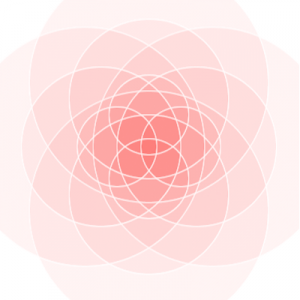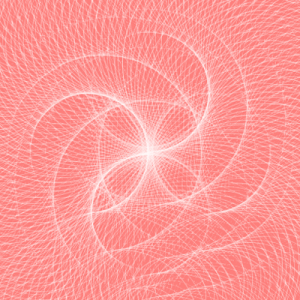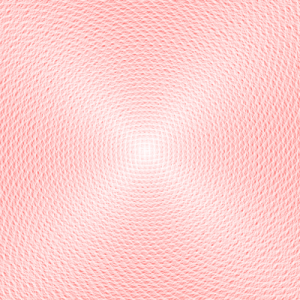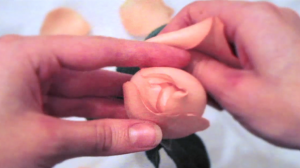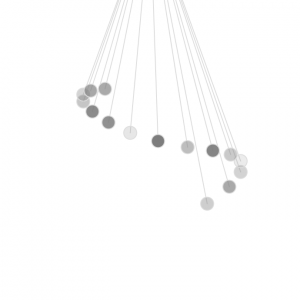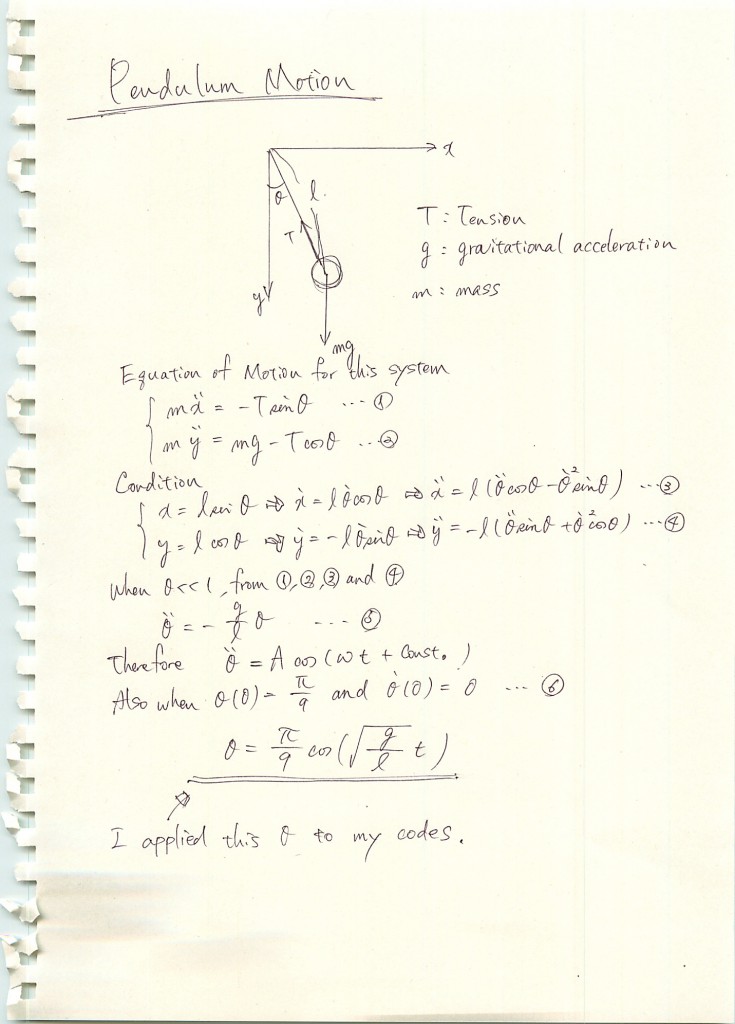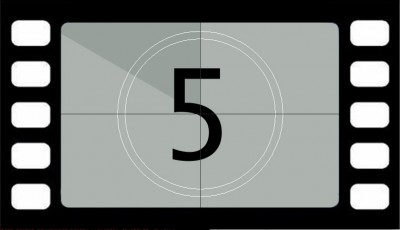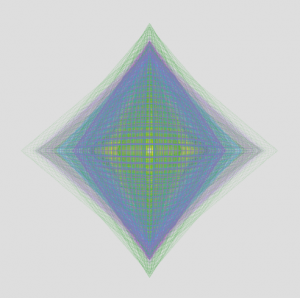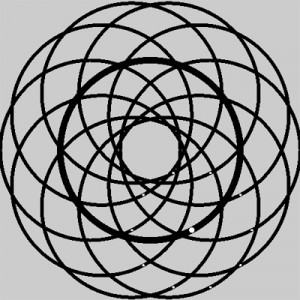Week 2 : Movement and Time
Here is a link to my sketch: It’s a Moving Target. As time passes, the bulls-eye grows and shrinks and the outer rings constantly change size. If I were to continue working with this idea I would like to turn it into a game by adding numbers and colored areas and projecting this image onto a board and actually throwing something at the bulls-eye like the game Darts. After you reach a set score, the image would change. Level 2 could be a man sitting on a bench wearing a beanie hat with a spinner. The spinner would be the bulls-eye area and then surrounding areas would be lower points (like the setup of a dart board).
It seems that each time I set out to make a sketch I end up wandering far far away from my initial idea. I feel like a kid in a strange candy store. A ‘piece of candy’ looks good and as I am reaching to pick it up something else catches my eye so I run to another area of the store and then I become lost in that section then I see another kid walk by with something shiny and I am off in another direction and before I know it the title of my sketch is already up to the letter M. This is challenging because I feel that I don’t build in one area as much as I would like but it is also fun to explore the different things that Processing can do and what is happening as I change certain elements. I was successful in one area: My initial quest was to make something ‘grow and shrink’ and after much time spent with my Processing book I found example 32-04 and was then able to grow and shrink the center bulls-eye.

